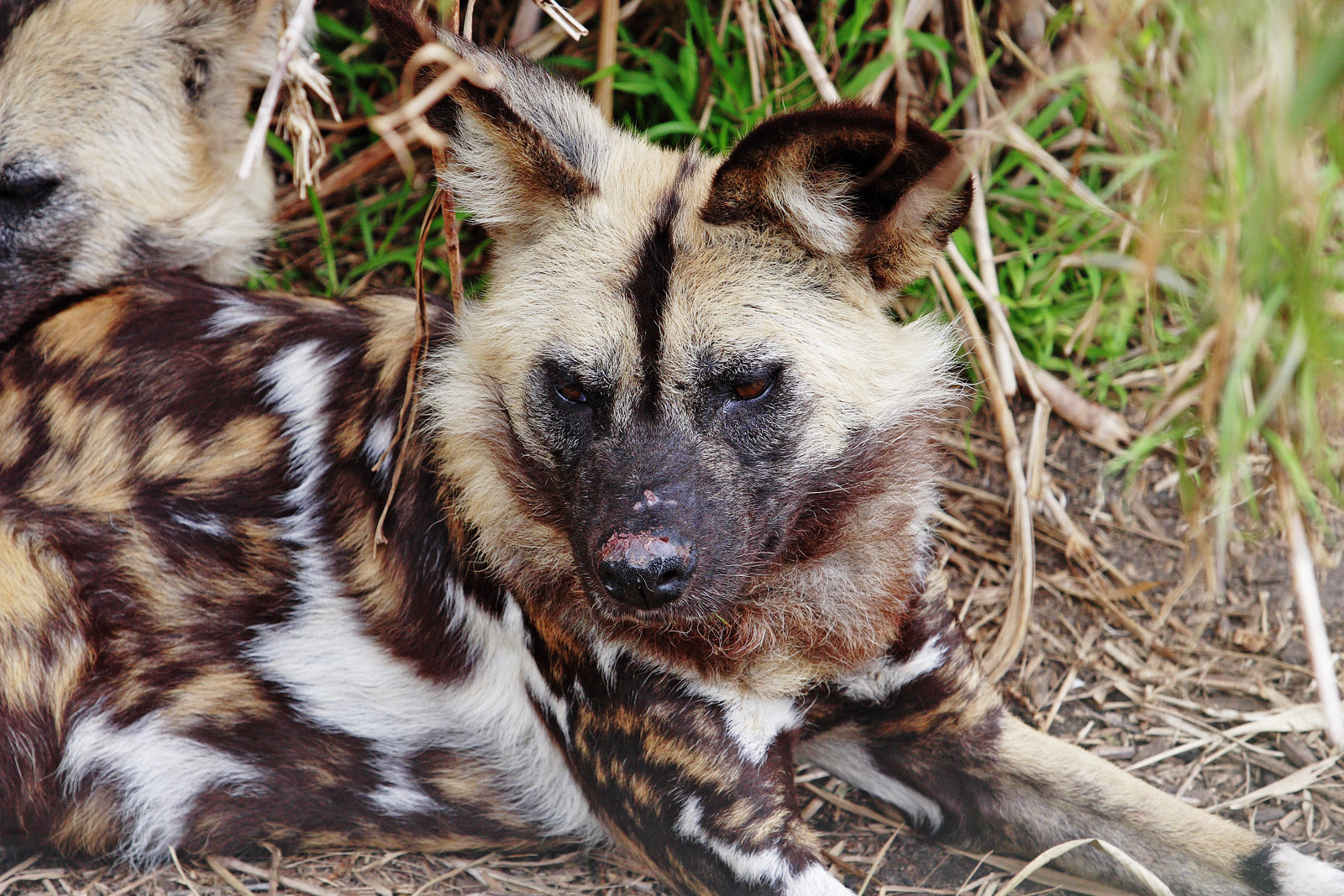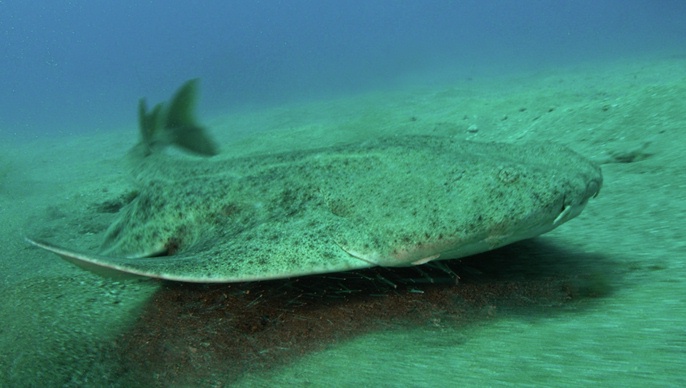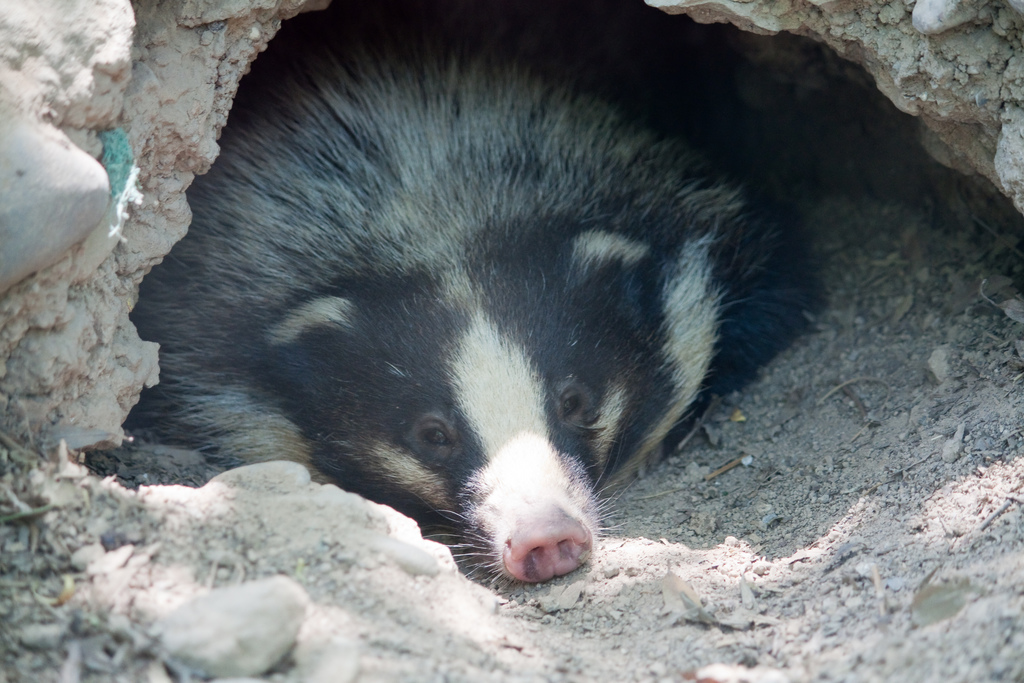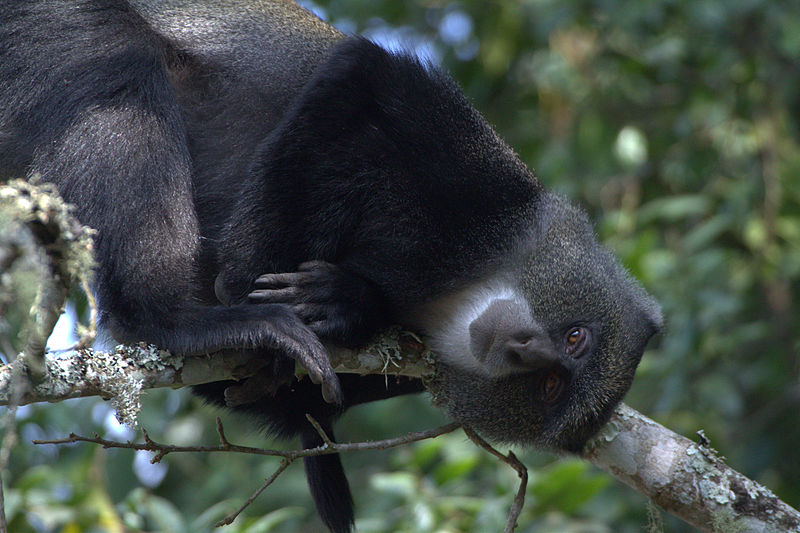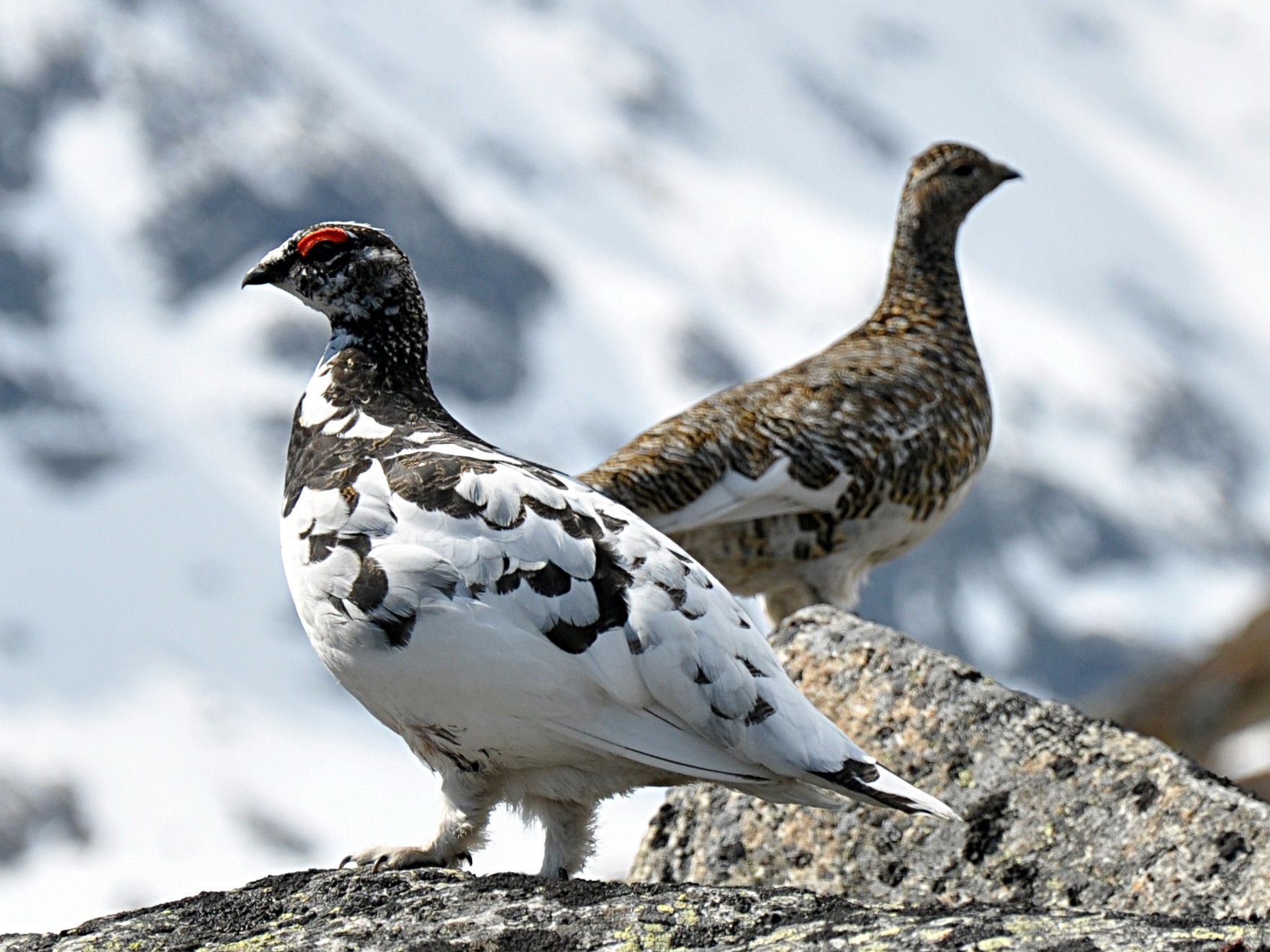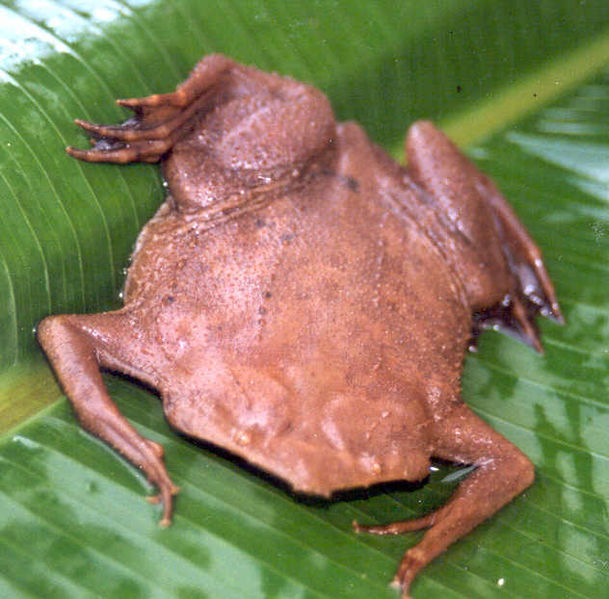
Welcome to Thursday’s edition of Wild Facts. We started the week talking about amphibians and for some reason, it looks like we are heading back to the frog world one more time this week. I would like to thank one of our faithful readers, kanjiruminamoto, for suggesting the Surinam Toad. In a few minutes, you will all be thankful that he recommended this incredible amphibian. The Surinam Toad is found in swamps and marshes throughout much of South America including Brazil, Venezuela, Columbia and of course the wonderful Ecuador. Well, let’s take a minute to find out what makes this particular amphibian so interesting!
Is This Frog Dead?
For starters, this is another frog species that likes to confuse people by being named after a toad. This seems to be a common occurrence though so it really isn’t a big deal. If you ever get to see the Surinam Toad, you will probably think that it is dead. Don’t worry, there is a very good chance they are just hunting. This frog spends a good chunk of their time sitting on the floor of slow moving rivers and streams where they are just waiting to ambush any small fish, insect or worm that happens to cross its path. As the unsuspecting prey passes by the Surinam Toad will either scoop it into their mouth using their unique hands or just simply chomp at them.
The Hands of a Star
Now that I mentioned their unique hands, I guess I should let you in on the secret. This particular frog is also known as the Star-Fingered Toad, which obviously relates to the shape of their fingers. Yes, the front toes have small star-like appendages while their back toes are simply webbed. So all of this is fascinating but we haven’t even touched the most bizarre feature of the Surinam Toad. This little amphibian is well known for their unusual reproductive strategy.

The Most Unusual Reproduction Strategy
Are you sitting down for this? Well, during reproduction the female will release 3-10 eggs which become embedded in her skin on her back. Yes, you read that right! Over the next several days, the eggs will sink into the skin and form little pockets, which gives the female a nice honeycomb look. The larvae will then develop through the tadpole stage in their nice little honeycomb pockets only to emerge as tiny little frogs. Once they emerge from their mothers back, the new-born frogs go on their way and live their solitary life. I told you the Surinam Toad was one interesting amphibian. Now are you happy that kanjiruminamoto recommended this unusual creature for us to learn about today?
Well I hope you enjoyed todays Wild Fact. I will see you back here tomorrow for the final fact of the week.

